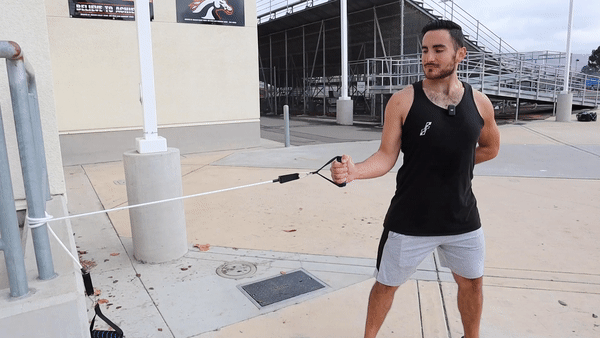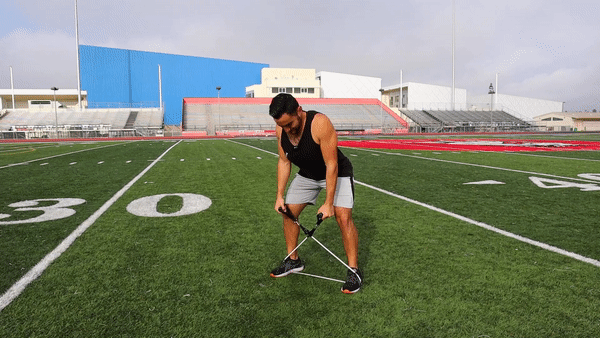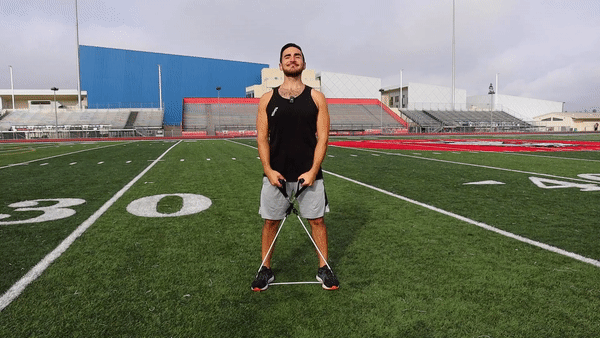Drum corps season is fast approaching, and performers are gearing up for the intense physical demands of the summer. Many performers believe that running is the best way to train for marching band, but the truth is, running forward doesn't necessarily translate well to the backward marching patterns that are so essential in drum corps. In fact, running backwards may actually be a more functional and effective way to train for marching band, and here are three reasons why.
Firstly, running backwards engages front-side muscles, building strength, speed, and power in the backward stride. Backward running engages the quadriceps and hip flexors to a greater degree than forward running. This means that practicing backward running can help you develop the muscle strength and power you need to march backwards or perform a backwards slide with ease.
Secondly, running backwards builds endurance in a less familiar locomotion pattern, meaning you'll feel less winded after each rep. Backward running requires more energy and effort than forwards, making it an ideal way to build endurance and stamina for the rigorous demands of drum corps.
Finally, running backwards trains your body to take larger steps in reverse, allowing you to cover more ground with less effort and avoid getting called out for undershooting your dot.
It's worth noting that running forward is still a healthy activity and shouldn't be completely abandoned. However, incorporating backward running into your training regimen can help you improve your athleticism and better prepare for the unique physical demands of drum corps. So, as drum corps season approaches, don't shy away from running backwards - it may just be the secret weapon you need to excel on the field!

_edited.png)









